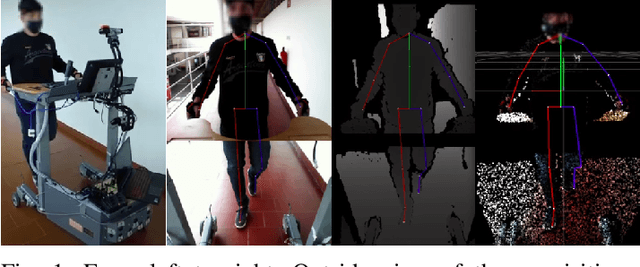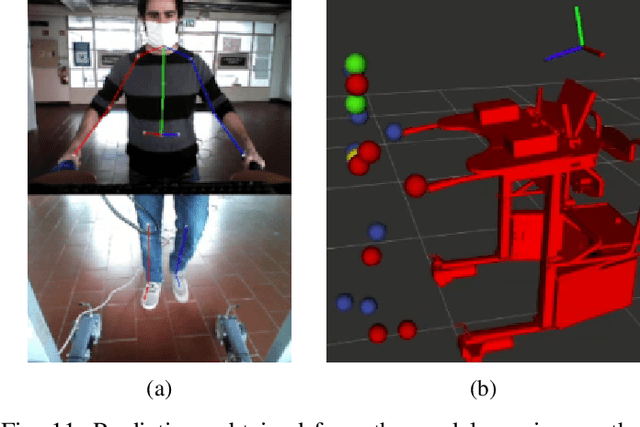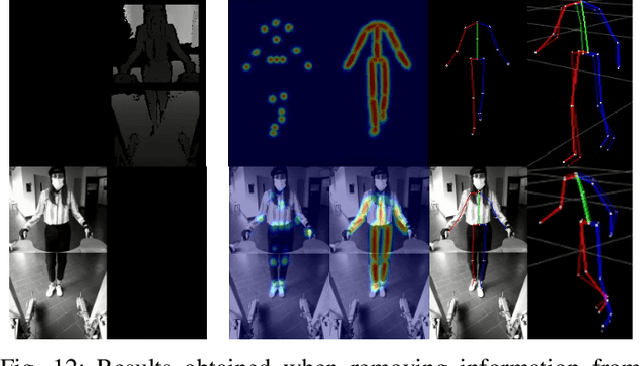Manuel Palermo
Deep Inertial Pose: A deep learning approach for human pose estimation
Jun 07, 2025Abstract:Inertial-based Motion capture system has been attracting growing attention due to its wearability and unsconstrained use. However, accurate human joint estimation demands several complex and expertise demanding steps, which leads to expensive software such as the state-of-the-art MVN Awinda from Xsens Technologies. This work aims to study the use of Neural Networks to abstract the complex biomechanical models and analytical mathematics required for pose estimation. Thus, it presents a comparison of different Neural Network architectures and methodologies to understand how accurately these methods can estimate human pose, using both low cost(MPU9250) and high end (Mtw Awinda) Magnetic, Angular Rate, and Gravity (MARG) sensors. The most efficient method was the Hybrid LSTM-Madgwick detached, which achieved an Quaternion Angle distance error of 7.96, using Mtw Awinda data. Also, an ablation study was conducted to study the impact of data augmentation, output representation, window size, loss function and magnetometer data on the pose estimation error. This work indicates that Neural Networks can be trained to estimate human pose, with results comparable to the state-of-the-art fusion filters.
Real-Time Human Pose Estimation on a Smart Walker using Convolutional Neural Networks
Jun 28, 2021



Abstract:Rehabilitation is important to improve quality of life for mobility-impaired patients. Smart walkers are a commonly used solution that should embed automatic and objective tools for data-driven human-in-the-loop control and monitoring. However, present solutions focus on extracting few specific metrics from dedicated sensors with no unified full-body approach. We investigate a general, real-time, full-body pose estimation framework based on two RGB+D camera streams with non-overlapping views mounted on a smart walker equipment used in rehabilitation. Human keypoint estimation is performed using a two-stage neural network framework. The 2D-Stage implements a detection module that locates body keypoints in the 2D image frames. The 3D-Stage implements a regression module that lifts and relates the detected keypoints in both cameras to the 3D space relative to the walker. Model predictions are low-pass filtered to improve temporal consistency. A custom acquisition method was used to obtain a dataset, with 14 healthy subjects, used for training and evaluating the proposed framework offline, which was then deployed on the real walker equipment. An overall keypoint detection error of 3.73 pixels for the 2D-Stage and 44.05mm for the 3D-Stage were reported, with an inference time of 26.6ms when deployed on the constrained hardware of the walker. We present a novel approach to patient monitoring and data-driven human-in-the-loop control in the context of smart walkers. It is able to extract a complete and compact body representation in real-time and from inexpensive sensors, serving as a common base for downstream metrics extraction solutions, and Human-Robot interaction applications. Despite promising results, more data should be collected on users with impairments, to assess its performance as a rehabilitation tool in real-world scenarios.
 Add to Chrome
Add to Chrome Add to Firefox
Add to Firefox Add to Edge
Add to Edge